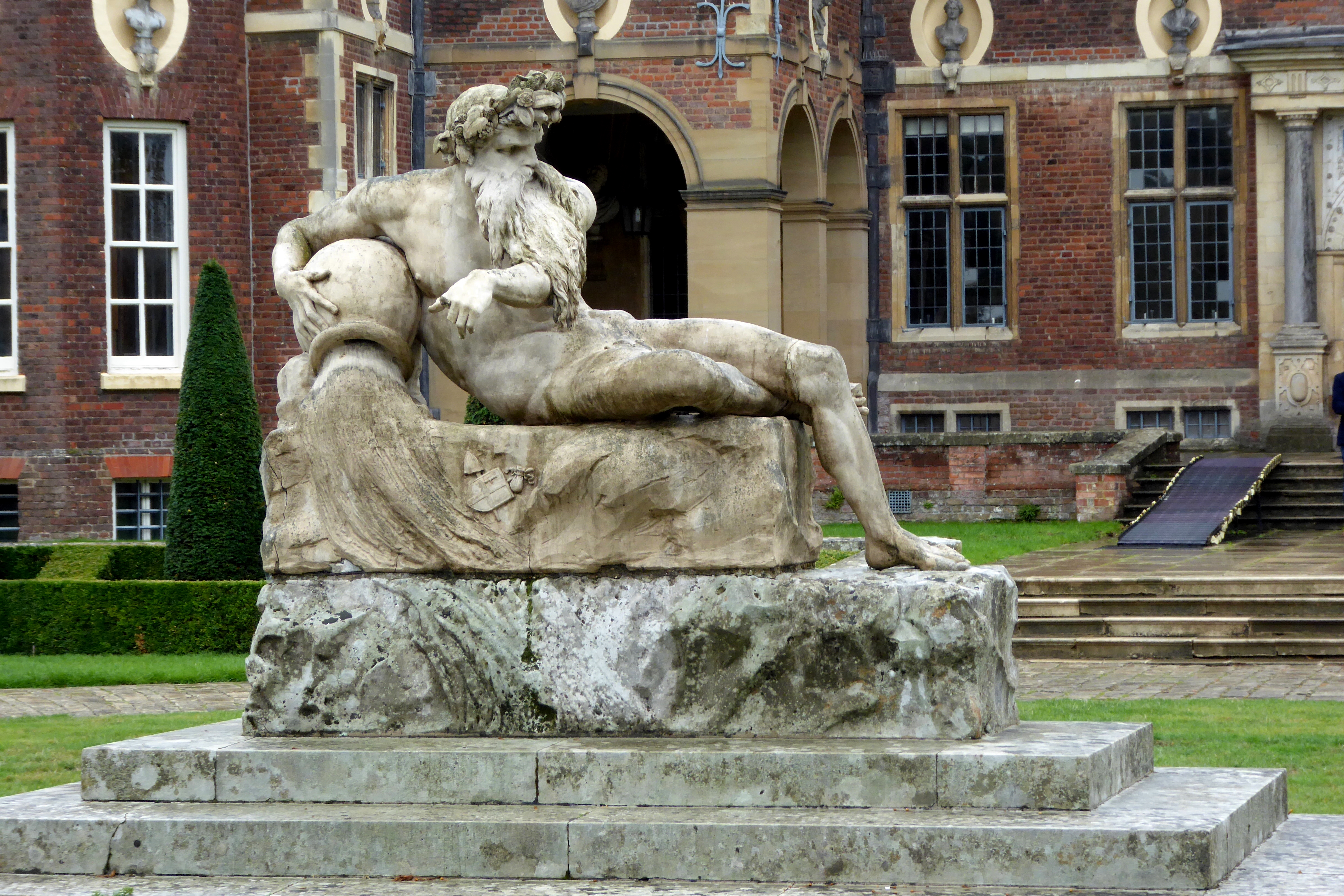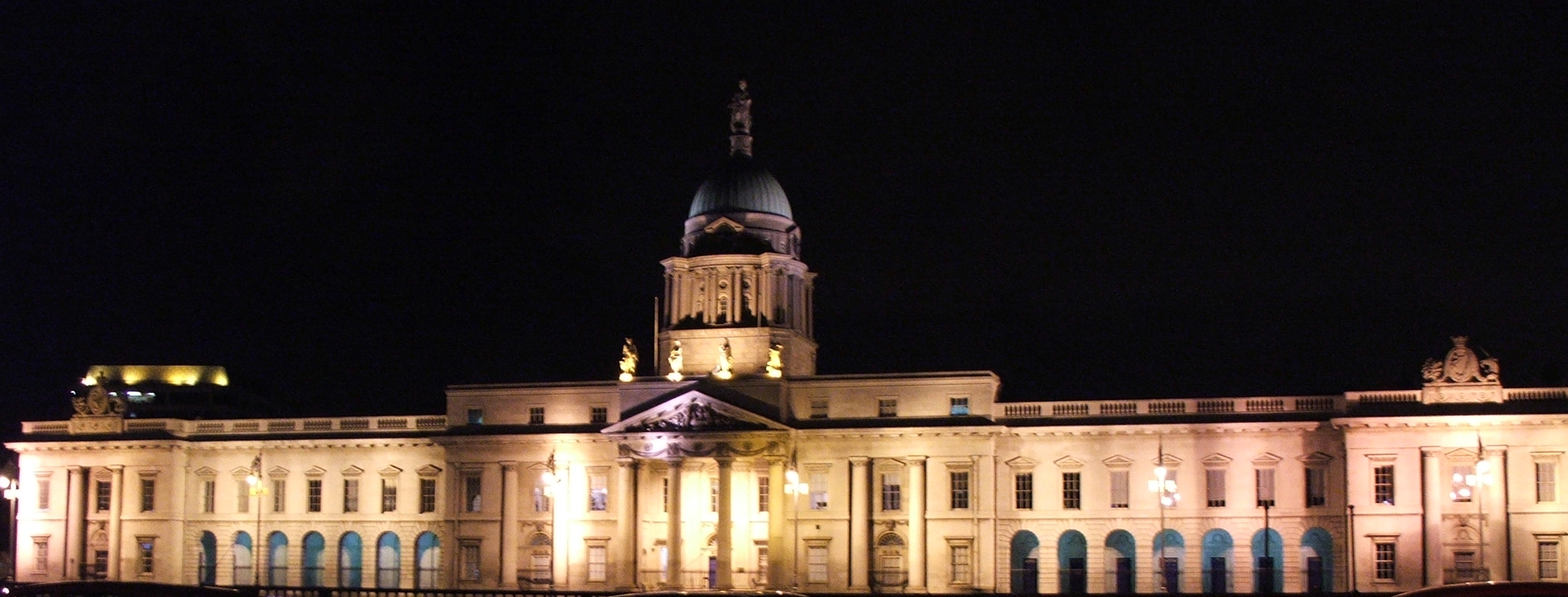|
Mauritius Lowe
Mauritius Lowe (1746–1793) was a British painter and engraver. Lowe was one of the first students at the Royal Academy of Arts. While there he was awarded a gold medal, along with John Bacon (sculptor, born 1740), John Bacon and James Gandon. As a reward for his performance at the Academy, in 1771 Lowe was offered a "Traveling Studentship", a sponsorship to study art abroad for three years. His allowance was later forfeited however for misconduct. Lowe was friends with the writer and poet Samuel Johnson. References British engravers 1746 births 1793 deaths Painters from London 18th-century British painters British male painters 18th-century engravers {{England-painter-stub ... [...More Info...] [...Related Items...] OR: [Wikipedia] [Google] [Baidu] |
Mauritius Lowe - The Artist Assaulted By Time, Ignorance And Envy - Google Art Project
Mauritius ( ; french: Maurice, link=no ; mfe, label=Mauritian Creole, Moris ), officially the Republic of Mauritius, is an island nation in the Indian Ocean about off the southeast coast of the African continent, east of Madagascar. It includes the main island (also called Mauritius), as well as Rodrigues, Agaléga and St. Brandon. The islands of Mauritius and Rodrigues, along with nearby Réunion (a French overseas department), are part of the Mascarene Islands. The main island of Mauritius, where most of the population is concentrated, hosts the capital and largest city, Port Louis. The country spans and has an exclusive economic zone covering . Arab sailors were the first to discover the uninhabited island, around 975, and they called it ''Dina Arobi''. The earliest discovery was in 1507 by Portuguese sailors, who otherwise took little interest in the islands. The Dutch took possession in 1598, establishing a succession of short-lived settlements over a period of about ... [...More Info...] [...Related Items...] OR: [Wikipedia] [Google] [Baidu] |
Royal Academy Of Arts
The Royal Academy of Arts (RA) is an art institution based in Burlington House on Piccadilly in London. Founded in 1768, it has a unique position as an independent, privately funded institution led by eminent artists and architects. Its purpose is to promote the creation, enjoyment and appreciation of the visual arts through exhibitions, education and debate. History The origin of the Royal Academy of Arts lies in an attempt in 1755 by members of the Royal Society of Arts, Society for the Encouragement of Arts, Manufactures and Commerce, principally the sculptor Henry Cheere, to found an autonomous academy of arts. Prior to this a number of artists were members of the Society for the Encouragement of Arts, Manufactures and Commerce, including Cheere and William Hogarth, or were involved in small-scale private art academies, such as the St Martin's Lane Academy. Although Cheere's attempt failed, the eventual charter, called an 'Instrument', used to establish the Royal Academy ... [...More Info...] [...Related Items...] OR: [Wikipedia] [Google] [Baidu] |
John Bacon (sculptor, Born 1740)
John Bacon (24 November 1740 – 7 August 1799) was a British sculptor who worked in the late 18th century. Bacon has been reckoned the founder of the British School of sculpture. He won numerous awards, held the esteem of George III, and examples of his works adorn St Paul's Cathedral and Westminster Abbey in London, Christ Church, Oxford, Pembroke College, Oxford, Bath Abbey and Bristol Cathedral. Biography John Bacon was born in Southwark on 24 November 1740, the son of Thomas Bacon, a clothworker whose family had formerly held a considerable estate in Somersetshire. At the age of fourteen, John was apprenticed to Mr Crispe's porcelain manufactory at Lambeth, where he was at first employed in painting small ornamental pieces of china. He was swiftly promoted to modeller and used the additional income to support his parents, then in straitened circumstances. Observing the models sent by different eminent sculptors to be fired at the adjoining pottery kiln dete ... [...More Info...] [...Related Items...] OR: [Wikipedia] [Google] [Baidu] |
James Gandon
James Gandon (20 February 1743 – 24 December 1823) was an English architect best known for his work in Ireland during the late 18th century and early 19th century. His better known works include The Custom House and the surrounding Beresford Place, the Four Courts and the King's Inns in Dublin and Emo Court in County Laois. Early life Gandon was born on 20 February 1742 in New Bond Street, London, at the house of his grandfather Peter Gandon, a French Huguenot refugee. He was the only son of Peter Gandon (b. 1713), a gunmaker, and Jane Burchall (possibly née Wynne). From 1749 he was educated at Shipley's Drawing Academy where he studied the classics, mathematics, arts and architecture. On leaving the drawing academy he was articled to study architecture in the office of Sir William Chambers. Chambers was an advocate of the neoclassical evolution of Palladian architecture, although he later made designs in the Gothic Revival style. However, it was Chambers's palladian ... [...More Info...] [...Related Items...] OR: [Wikipedia] [Google] [Baidu] |
Samuel Johnson
Samuel Johnson (18 September 1709 – 13 December 1784), often called Dr Johnson, was an English writer who made lasting contributions as a poet, playwright, essayist, moralist, critic, biographer, editor and lexicographer. The ''Oxford Dictionary of National Biography'' calls him "arguably the most distinguished man of letters in English history". Born in Lichfield, Staffordshire, he attended Pembroke College, Oxford until lack of funds forced him to leave. After working as a teacher, he moved to London and began writing for ''The Gentleman's Magazine''. Early works include ''Life of Mr Richard Savage'', the poems ''London'' and ''The Vanity of Human Wishes'' and the play ''Irene''. After nine years' effort, Johnson's '' A Dictionary of the English Language'' appeared in 1755, and was acclaimed as "one of the greatest single achievements of scholarship". Later work included essays, an annotated ''The Plays of William Shakespeare'', and the apologue ''The History of R ... [...More Info...] [...Related Items...] OR: [Wikipedia] [Google] [Baidu] |
British Engravers
British may refer to: Peoples, culture, and language * British people, nationals or natives of the United Kingdom, British Overseas Territories, and Crown Dependencies. ** Britishness, the British identity and common culture * British English, the English language as spoken and written in the United Kingdom or, more broadly, throughout the British Isles * Celtic Britons, an ancient ethno-linguistic group * Brittonic languages, a branch of the Insular Celtic language family (formerly called British) ** Common Brittonic, an ancient language Other uses *''Brit(ish)'', a 2018 memoir by Afua Hirsch *People or things associated with: ** Great Britain, an island ** United Kingdom, a sovereign state ** Kingdom of Great Britain (1707–1800) ** United Kingdom of Great Britain and Ireland (1801–1922) See also * Terminology of the British Isles * Alternative names for the British * English (other) * Britannic (other) * British Isles * Brit (other) * Briton (d ... [...More Info...] [...Related Items...] OR: [Wikipedia] [Google] [Baidu] |
1746 Births
Events January–March * January 8 – The Young Pretender Charles Edward Stuart occupies Stirling, Scotland. * January 17 – Battle of Falkirk Muir: British Government forces are defeated by Jacobite forces. * February 1 – Jagat Singh II, the ruler of the Mewar Kingdom, inaugurates his Lake Palace on the island of Jag Niwas in Lake Pichola, in what is now the state of Rajasthan in northwest India. * February 19 – Brussels, at the time part of the Austrian Netherlands, surrenders to France's Marshal Maurice de Saxe. * February 19 – Prince William, Duke of Cumberland, issues a proclamation offering an amnesty to participants in the Jacobite rebellion, directing them that they can avoid punishment if they turn their weapons in to their local Presbyterian church. * March 10 – Zakariya Khan Bahadur, the Mughal Empire's viceroy administering Lahore (in what is now Pakistan), orders the massacre of the city's Sikh people. April& ... [...More Info...] [...Related Items...] OR: [Wikipedia] [Google] [Baidu] |
1793 Deaths
The French Republic introduced the French Revolutionary Calendar starting with the year I. Events January–June * January 7 – The Ebel riot occurs in Sweden. * January 9 – Jean-Pierre Blanchard becomes the first to fly in a gas balloon in the United States. * January 13 – Nicolas Jean Hugon de Bassville, a representative of Revolutionary France, is lynched by a mob in Rome. * January 21 – French Revolution: After being found guilty of treason by the French National Convention, ''Citizen Capet'', Louis XVI of France, is guillotined in Paris. * January 23 – Second Partition of Poland: The Russian Empire and the Kingdom of Prussia partition the Polish–Lithuanian Commonwealth. * February – In Manchester, Vermont, the wife of a captain falls ill, probably with tuberculosis. Some locals believe that the cause of her illness is that a demon vampire is sucking her blood. As a cure, Timothy Mead burns the heart of a deceased person ... [...More Info...] [...Related Items...] OR: [Wikipedia] [Google] [Baidu] |
Painters From London
Painting is the practice of applying paint, pigment, color or other medium to a solid surface (called the "matrix" or "support"). The medium is commonly applied to the base with a brush, but other implements, such as knives, sponges, and airbrushes, can be used. In art, the term ''painting ''describes both the act and the result of the action (the final work is called "a painting"). The support for paintings includes such surfaces as walls, paper, canvas, wood, glass, lacquer, pottery, leaf, copper and concrete, and the painting may incorporate multiple other materials, including sand, clay, paper, plaster, gold leaf, and even whole objects. Painting is an important form in the visual arts, bringing in elements such as drawing, composition, gesture (as in gestural painting), narration (as in narrative art), and abstraction (as in abstract art). Paintings can be naturalistic and representational (as in still life and landscape painting), photographic, abstract, narrative, s ... [...More Info...] [...Related Items...] OR: [Wikipedia] [Google] [Baidu] |
18th-century British Painters
The 18th century lasted from January 1, 1701 ( MDCCI) to December 31, 1800 ( MDCCC). During the 18th century, elements of Enlightenment thinking culminated in the American, French, and Haitian Revolutions. During the century, slave trading and human trafficking expanded across the shores of the Atlantic, while declining in Russia, China, and Korea. Revolutions began to challenge the legitimacy of monarchical and aristocratic power structures, including the structures and beliefs that supported slavery. The Industrial Revolution began during mid-century, leading to radical changes in human society and the environment. Western historians have occasionally defined the 18th century otherwise for the purposes of their work. For example, the "short" 18th century may be defined as 1715–1789, denoting the period of time between the death of Louis XIV of France and the start of the French Revolution, with an emphasis on directly interconnected events. To historians who expand ... [...More Info...] [...Related Items...] OR: [Wikipedia] [Google] [Baidu] |
British Male Painters
British may refer to: Peoples, culture, and language * British people, nationals or natives of the United Kingdom, British Overseas Territories, and Crown Dependencies. ** Britishness, the British identity and common culture * British English, the English language as spoken and written in the United Kingdom or, more broadly, throughout the British Isles * Celtic Britons, an ancient ethno-linguistic group * Brittonic languages, a branch of the Insular Celtic language family (formerly called British) ** Common Brittonic, an ancient language Other uses *''Brit(ish)'', a 2018 memoir by Afua Hirsch *People or things associated with: ** Great Britain, an island ** United Kingdom, a sovereign state ** Kingdom of Great Britain (1707–1800) ** United Kingdom of Great Britain and Ireland (1801–1922) See also * Terminology of the British Isles * Alternative names for the British * English (other) * Britannic (other) * British Isles * Brit (other) * Briton (d ... [...More Info...] [...Related Items...] OR: [Wikipedia] [Google] [Baidu] |






